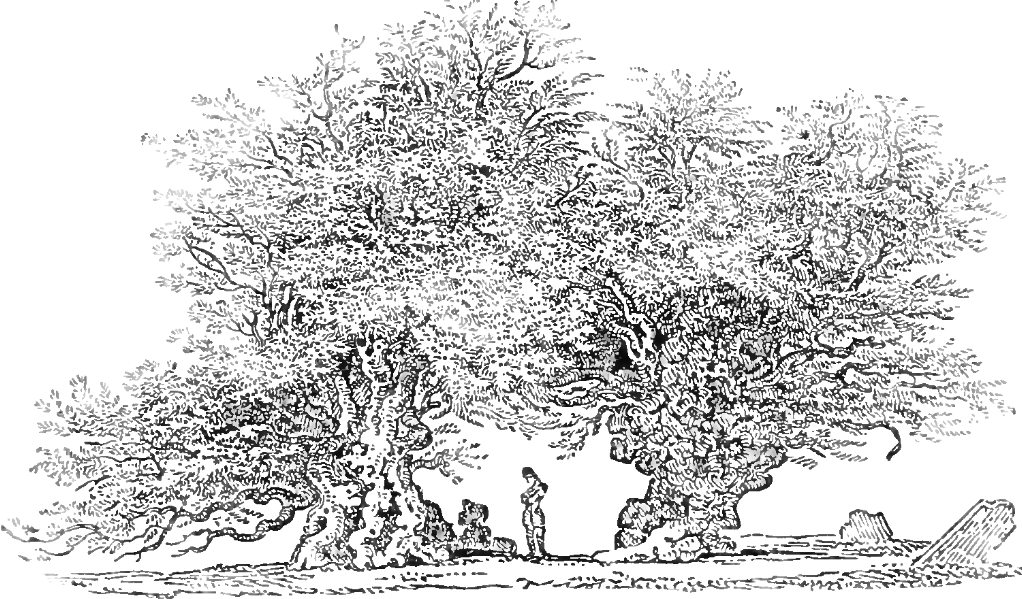<![CDATA[According to tree aging experts, a yew tree situated in a tiny village in Britain was 3,000 years old when Jesus Christ was born. There are hundreds of ancient yew trees situated across Britain, and some are thought to be as much as 600 years old, but this yew is thought to be the oldest of them all. The tree is situated in St. Cynog's churchyard at Defynnog near Sennybridge, where experts used DNA and ring-dating to conclude that the tree is 5,000 years old. Janis Fry, a 64 year old who has studied yews for more than 40 years, is convinced that this yew at St. Cynog's is the oldest tree in Europe. DNA samples were sent to the Forestry Institute and the ring count was also taken. The ring count was found to be 120 per inch, making the tree more than 5000 years old. Because of its age, the tree has split into two halves: one 40ft wide and the other 20ft wide. The tree was planted on the northern side of the churchyard, which was thought to be the burial mound of a neolithic chieftain. Because of the climate in Wales, these yew trees are able to grow and flourish. Fry and team measured the age of the tree by a process known as dendrochonology. This is done by using different testing methods such as tree trunk circumference and tree-ring measurement to get an idea of how old a tree is. The tree rings come as a result from the different rates of growth that occurs during the year, hence the number of rings is used to find out the number of years a tree has been alive, even though there are some variables that could throw the results off such as some trees having different growth rates at different times. The yew tree is a poisonous conifer that is found in Western, Central and Southern Europe, Northwest Africa, and Southwest Asia. These trees live up to hundreds of years, and some even longer, such as in the case of the Cynog's tree. It is able to enjoy longevity by splitting under the weight of old growth, so preventing it from falling from disease. Even in old age these trees are able to grow new shoots, and they were used for many pagan practices, as they believed that it being evergreen meant that it had eternal life, with its ability for its branches to sprout new roots one chopped off and placed into the soil. These yews also symbolized death as well, because their berries and leaves are poisonous. Churches across Europe often have a yew tree in their yard because Christianity took over ancient pagan symbols and integrated it into their own. Now the trees symbolize death and eternal life in a Christian context, instead of a pagan one. There is now a campaign put on by the church of Wales to save these trees in churchyards across Britain. They send out certificates and brochures to those who have them, educating them in the proper ways of handling and maintaining the trees.]]>
Age of Ancient Welsh Yew Tree Discovered
